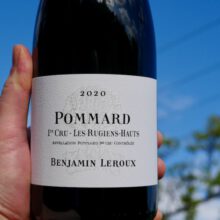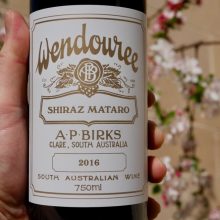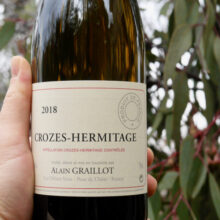Reduction in wine occurs when yeast become stressed during fermentation through lack of nutrients and oxygen. This results in poor cell wall integrity. Yeast require oxygen to produce the fatty acids and lipids necessary to build the cell walls. As they multiply by budding the fatty acids and lipids are diluted and the cell walls can no longer hold the acid wine out. The pH neutral insides of the cell becomes stressed by the acid that floods in through the leaky cell walls and the yeast produce hyrdrogen sulphide or rotten egg gas in response. Aerating the wine can help fix this. If a wine is still reduced after alcoholic fermentation has finished, small amounts of copper sulphate can be added to remove it. The compound formed falls out of solution and is removed with solids by racking or filtering the wine. If hydrogen sulphide is not removed it can be further reduced into more advanced sulphides called mercaptans that smells like garlic, onion and even burnt rubber. These compound are added to natural gas so we can smell it!
Winemakers can act both to prevent and cure this issue by aerating fermenting wines, ensuring the juice or must has sufficient nutrient to ferment to completion and building strong yeast cultures to inoculated with, if necessary.
Apart from the various aroma, reduction can give the wine a hard angular finish.
Some strains of yeast and grape varieties are more likely to produce sulphides than others.
Note sulphides and sulphur are completely different chemical.



